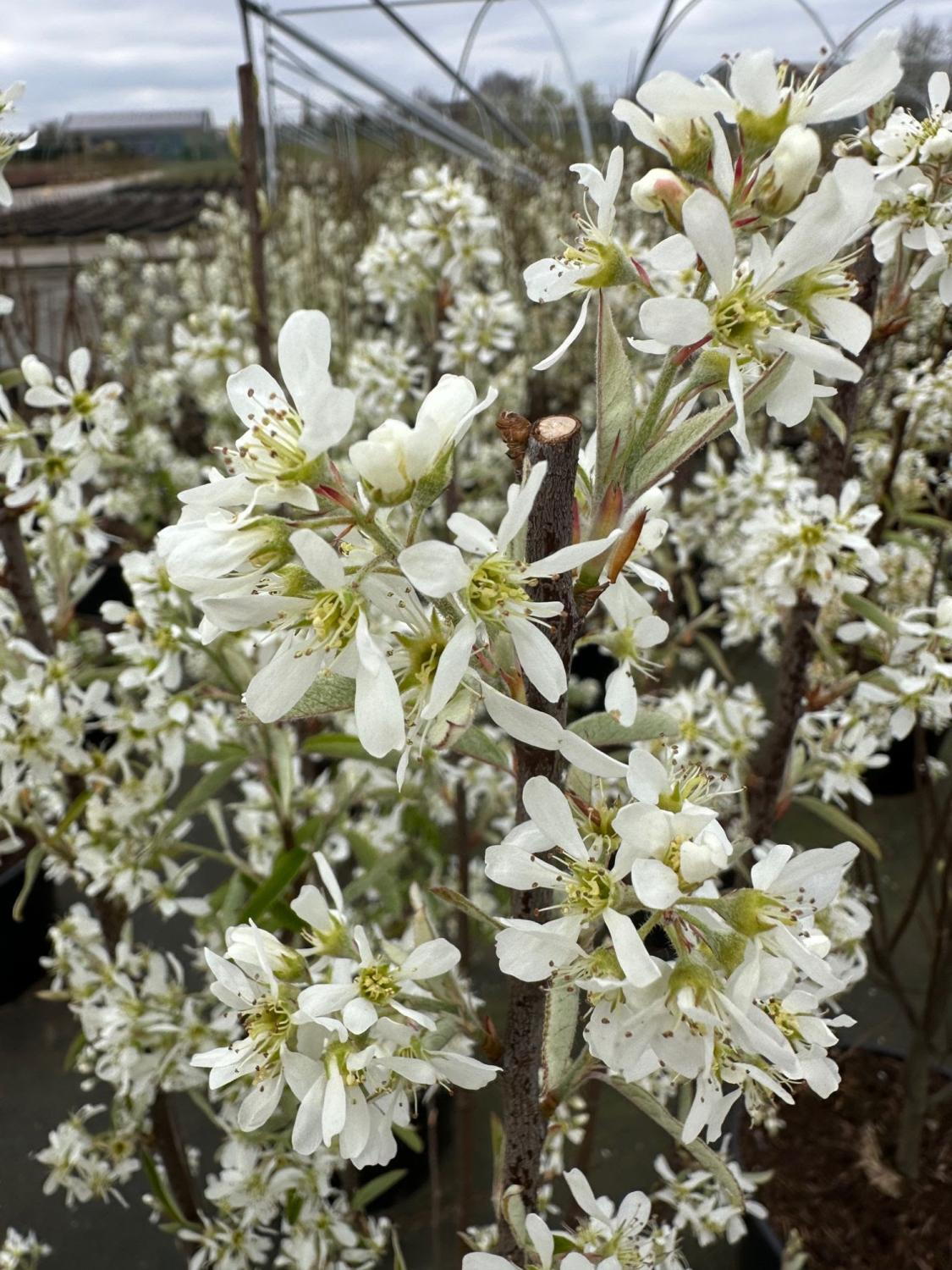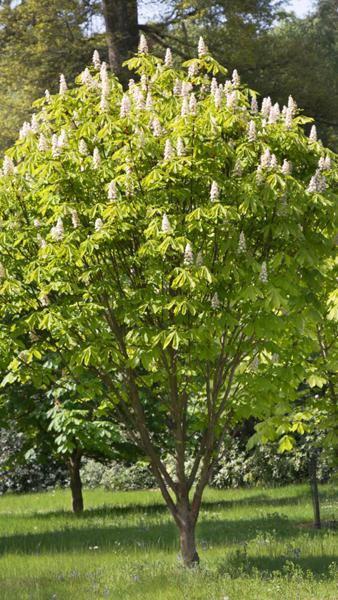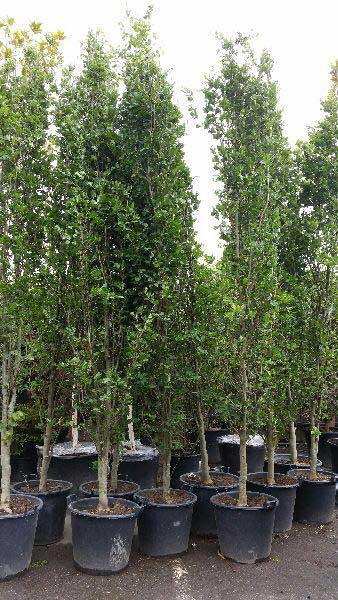
Mærke
- Paramount Plants & Gardens 974
- Garden Plants Oline 952
- LEGARE STREET PR 692
- Legare Street Press 650
- GreyLime 612
- Taylor & Francis Ltd 429
- AuthorHouse 361
- LIGHTNING SOURCE INC 358
- Creative Media Partners, LLC 261
- Cambridge University Press 230
- iUniverse 218
- Blurb 216
- Bloomsbury Publishing PLC 207
- LAP Lambert Academic Publishing 198
- HarperCollins Publishers 188
- HASSELL STREET PR 185
- Springer-Verlag Berlin and Heidelberg GmbH & Co. KG 165
- J.R. Cook Publishing 152
- Garden Plants Online 147
- Dorling Kindersley Ltd 146
- Gale Ecco, Print Editions 144
- Prestigious Textiles 142
- PALALA PR 134
- iLiv 134
- Oxford University Press 133
- Springer 126
- Springer Nature Switzerland AG 126
- Xlibris US 122
- Springer International Publishing AG 120
- Hachette Children's Group 116
- Hansebooks 112
- FOUND IMAGE PR 104
- 1st World Library - Literary Society 100
- Pan Macmillan 100
- Outskirts Press 98
- Xlibris 96
- Penguin Random House Children's UK 92
- Springer-Verlag New York Inc. 92
- WestBow Press 92
- Vintage Publishing 90
- Outlook Verlag 89
- Rowman & Littlefield 88
- Penguin Books Ltd 87
- Deborah Quick 86
- Random House USA Inc 86
- Workman Publishing 85
- HarperCollins Publishers Inc 84
- Archway Publishing 82
- Alpha Edition 79
- Literary Licensing, LLC 76
- Usborne Publishing Ltd 75
- FriesenPress 74
- Read Books 74
- Taylor & Francis Inc 74
- Forgotten Books 72
- HARPERCOLLINS 72
- Little, Brown Book Group 72
- Oxford University Press Inc 72
- Quarto Publishing Group USA Inc 72
- Quarto Publishing PLC 70
- Dover Publications Inc. 65
- Xulon Press 64
- Greystone Books,Canada 62
- Princeton University Press 61
- Found Image Press Inc. 60
- Tellwell Talent 59
- Walker Books Ltd 59
- Page Publishing, Inc. 58
- John Wiley & Sons Inc 57
- Balboa Press 56
- Austin Macauley 54
- hustandclaire 54
- Austin Macauley Publishers 53
- Bookouture 52
- Arcadia Publishing Library Editions 50
- Our Knowledge Publishing 50
- Artgeist 49
- Orion Publishing Co 49
- Paradox Interactive 49
- Faber & Faber 47
- Turner Publishing Company 47
- Christian Faith Publishing, Inc 46
- Resource Publications (CA) 46
- Springer Berlin Heidelberg 46
- Trafford Publishing 44
- Schiffer Publishing Ltd 43
- Capstone Global Library Ltd 42
- Covenant Books 42
- Finishing Line Press 42
- Sleepers 41
- Thames & Hudson Ltd 41
- 2K 40
- Elena Art 40
- Octopus Publishing Group 40
- Satana 40
- World Scientific Publishing Co Pte Ltd 40
- Ebury Publishing 39
- Little, Brown & Company 39
- The University of Chicago Press 39
- University of Washington Press 39
Farve
- White 23
- LT-PASTEL BLUE 20
- Green Sage 18
- Peach Dust 18
- Snow White 18
- MEDIUM BLUE 16
- Grey 15
- Wood 14
- Black/Chamois/Blue 13
- Black/Hot Punch/White 13
Størrelse
- 3-3.5 m 98
- 2.5-3 m 80
- 1-1.25 m 66
- 1.75-2 m 65
- 1.25-1.5 m 62
- 80-100 cm 62
- 1.5-1.75 m 54
- 2-2.5 m 36
- 30-40 cm 33
- 60-80 cm 29
Køn
Butik
- Tales.dk 8.172
- Bogreolen.dk 8.157
- Plusbog.dk 5.337
- Garden Plants Online 1.099
- Paramount Plants 974
- K4G.COM 587
- Poster & Frame 177
- END Clothing 156
- BALAR 155
- Your Stylish Home 138
- Zenga Interiors 138
- Powerbanken 127
- Stepnote.dk 119
- mobilcovers.dk 114
- INCOVER 84
- TABLETCOVERS.DK 60
- Blueberries-kids.com 54
- BOBOonline 49
- Boozt.com 41
- Famliishop.com 41
- Maggiesgemakker 41
- Greylime.eu 39
- WallpaperMural.fr 37
- Cloud Labels 33
- Aeyla 30
- Huma.dk 29
- CarCareFreaks 28
- The Perfume Shop - UK 28
- Pixojet.eu 27
- MyTrendyPhone.dk 26
- Booztlet.com 24
- Erysta 20
- Pullsonline 20
- Tinekhome.com/en 19
- Epic Panda 17
- Multitronic 15
- catanzara 15
- 58Surf 14
- Coolpriser.dk 14
- Proshop.dk 14
- AndLight.dk 13
- Balance Leisure 13
- Litera 13
- Salons Direct 13
- Skiftselv.dk 13
- BestMan 12
- SkiftSelv.dk 12
- Husted Emballage 11
- Grafical.dk 10
- Lazy Oaf 9
Pris (EUR)
- <5 305
- 5 - 10 261
- 10 - 20 6.457
- 20 - 50 13.161
- 50 - 100 3.011
- 100 - 200 1.750
- 200 - 500 1.165
- >500 501















